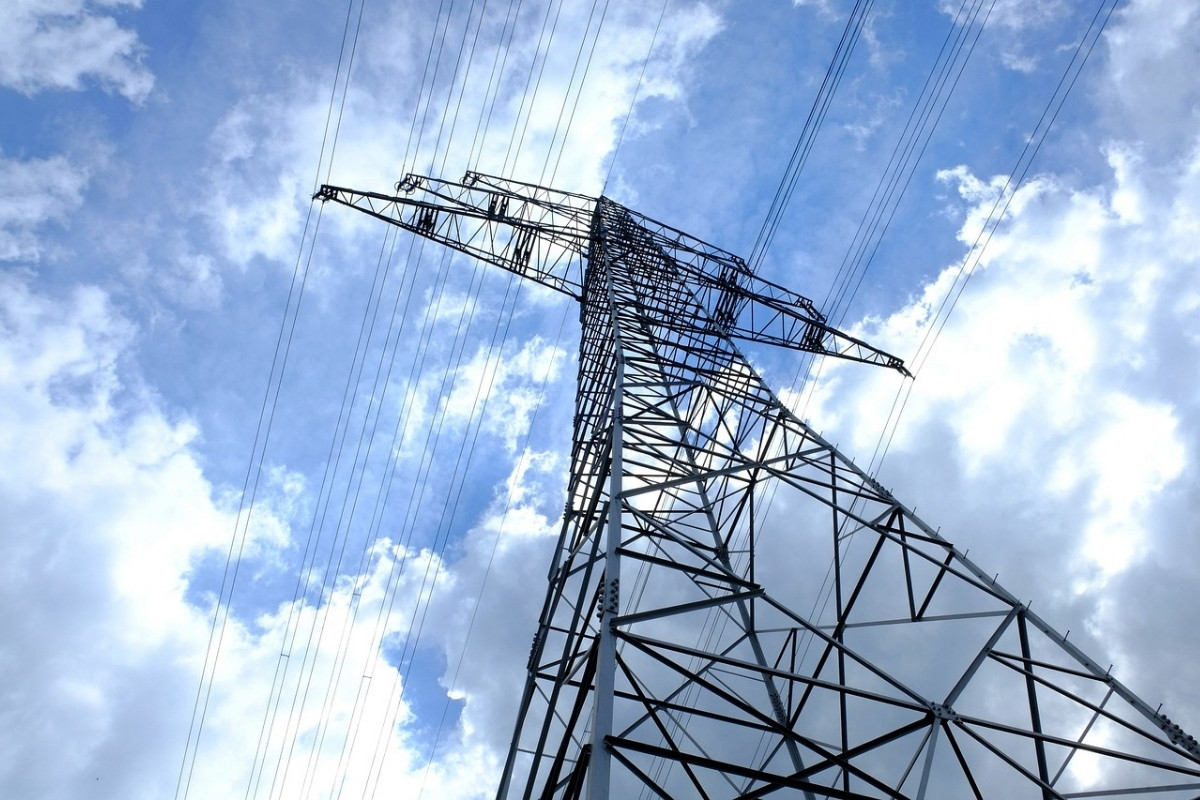
What caused the AES power outage? The AES power outage was triggered by a combination of technical failures and environmental factors. High winds and severe weather conditions led to damage in the power grid infrastructure, causing widespread disruptions. Additionally, equipment malfunctions and maintenance issues compounded the problem, making it difficult to restore power quickly. The outage affected thousands of homes and businesses, highlighting the vulnerabilities in the current power grid system. Understanding these causes can help in preventing future outages and improving the reliability of power supply. Stay tuned as we delve into the specifics of this significant event.
What is the AES Power Outage?
The AES power outage is a significant event that disrupted electricity supply to numerous areas. Understanding the details can help grasp the impact and reasons behind such occurrences.
-
AES Corporation is a global energy company that provides electricity to millions of people. They operate in multiple countries, ensuring power generation and distribution.
-
The outage affected thousands of homes and businesses, causing widespread inconvenience and economic losses. Power outages can disrupt daily life and business operations significantly.
Causes of the AES Power Outage
Understanding the causes behind the outage can help prevent future occurrences and improve response strategies.
-
Equipment failure was a primary cause. Aging infrastructure and lack of maintenance can lead to unexpected breakdowns.
-
Weather conditions played a role. Severe storms, high winds, and lightning can damage power lines and transformers, leading to outages.
-
Human error also contributed. Mistakes during maintenance or operation can trigger widespread power failures.
Impact on Communities
The effects of the AES power outage were felt across various sectors, highlighting the importance of reliable electricity supply.
-
Hospitals faced challenges. Power outages can disrupt critical medical equipment, putting patients at risk.
-
Schools had to close. Without electricity, schools cannot operate effectively, impacting students' education.
-
Businesses suffered losses. Retail stores, restaurants, and other businesses rely on electricity for operations, and outages can lead to significant financial losses.
Response and Recovery
The response to the AES power outage involved multiple steps to restore electricity and prevent future incidents.
-
Emergency crews were deployed. Teams worked around the clock to repair damaged infrastructure and restore power.
-
Communication was key. Keeping the public informed about the outage and expected restoration times helped manage expectations and reduce panic.
-
Investments in infrastructure followed. Upgrading equipment and improving maintenance practices can help prevent future outages.
Lessons Learned
Analyzing the AES power outage provides valuable insights for improving power grid reliability and response strategies.
-
Preparedness is crucial. Having contingency plans and emergency response teams ready can minimize the impact of outages.
-
Community support matters. Neighbors helping each other and local organizations providing aid can make a big difference during outages.
-
Technology can help. Smart grids and advanced monitoring systems can detect issues early and prevent widespread outages.
Final Thoughts on the AES Power Outage
The AES power outage was a significant event that highlighted the importance of infrastructure and preparedness. It affected thousands, causing disruptions in daily life and business operations. The incident underscored the need for robust emergency plans and backup systems to mitigate such impacts in the future.
Understanding the causes and responses to this outage can help communities and companies better prepare for similar situations. It also serves as a reminder of the vital role that power companies play in our daily lives.
By learning from this event, we can improve our resilience and ensure that we are better equipped to handle unexpected challenges. The AES power outage was a wake-up call, emphasizing the need for continuous improvement in our energy infrastructure and emergency response strategies.
Was this page helpful?
Our commitment to delivering trustworthy and engaging content is at the heart of what we do. Each fact on our site is contributed by real users like you, bringing a wealth of diverse insights and information. To ensure the highest standards of accuracy and reliability, our dedicated editors meticulously review each submission. This process guarantees that the facts we share are not only fascinating but also credible. Trust in our commitment to quality and authenticity as you explore and learn with us.
